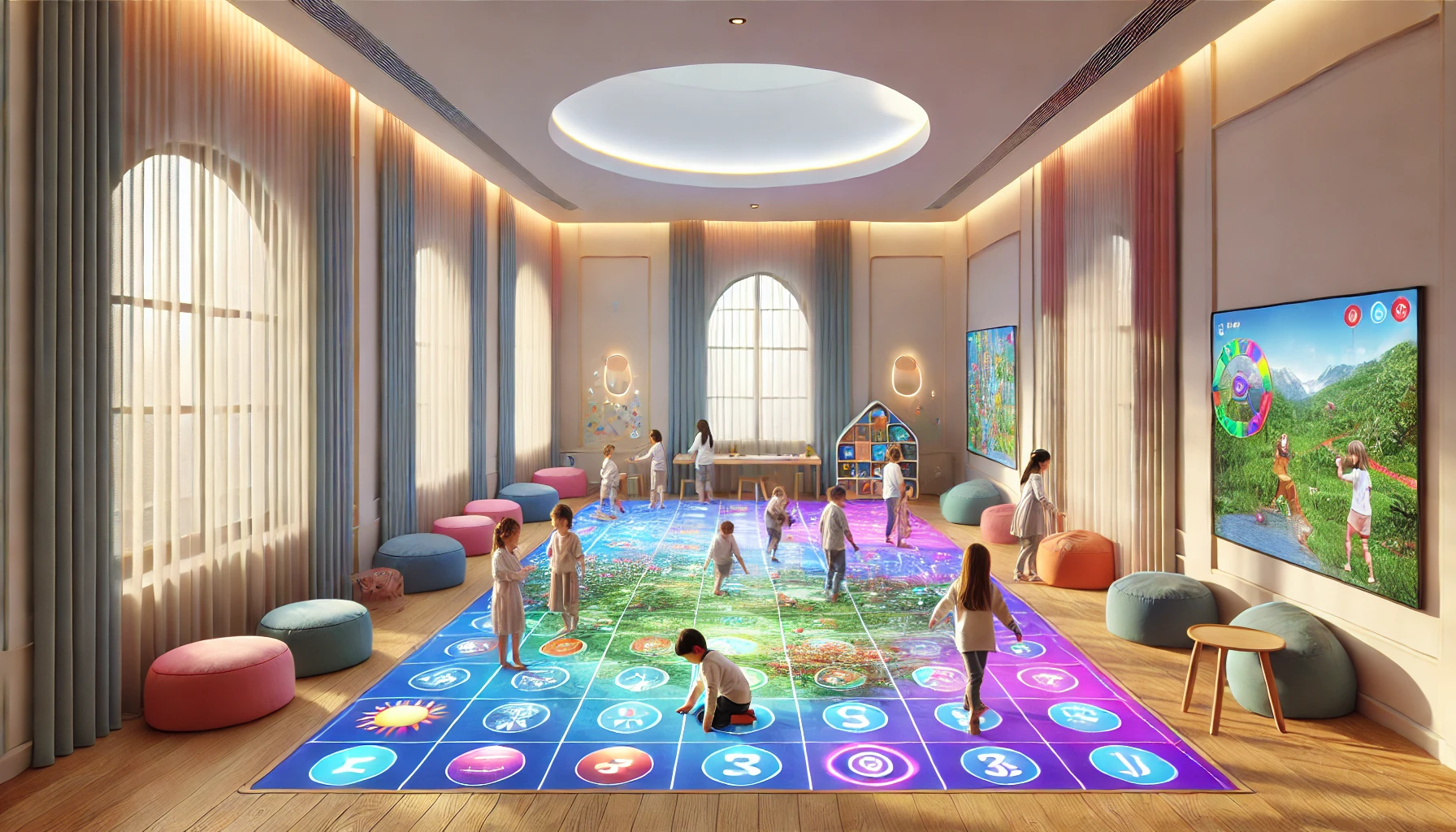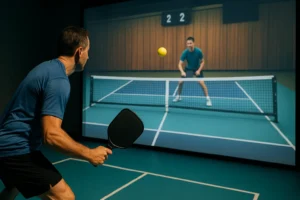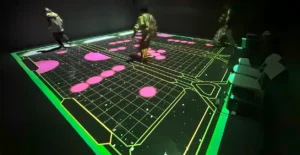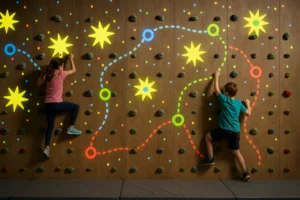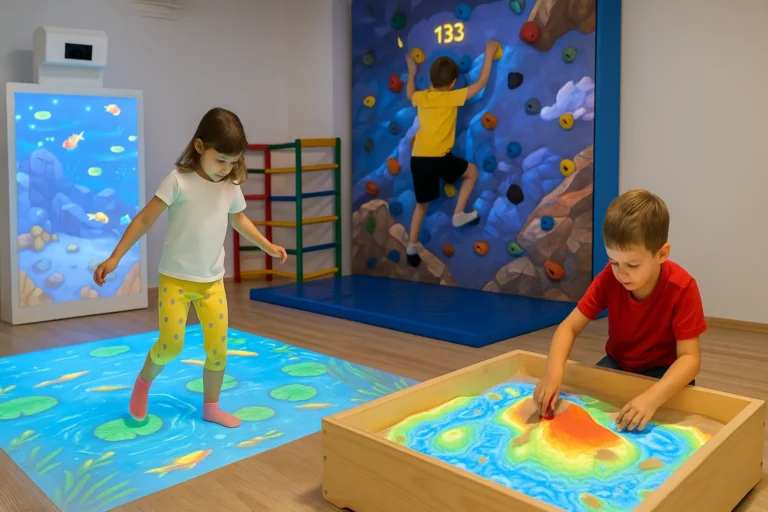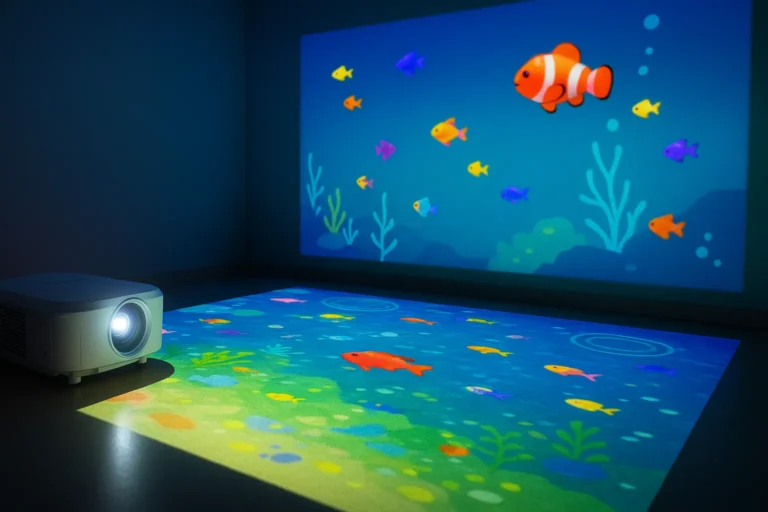Interactive games have long been recognized for their ability to captivate and engage, but when it comes to children with autism, they can be particularly effective in fostering essential skills like communication, motor skills, and social interaction.
Understanding Interactive Floor Game Challenge
Interactive floor games are digital experiences that blend visual projections, sensors, and responsive technology to create engaging activities on the floor. When children move around, the game responds to their movements, creating an immersive experience that stimulates their senses and encourages active participation. But what makes these games particularly beneficial for children with autism?
Interactive challenge games for children with autism are designed to be simple yet engaging, often featuring bright colors, fun characters, and gentle prompts that encourage exploration without overwhelming them. These games can also be adjusted based on each child’s comfort level, making them versatile tools in both educational and therapeutic settings.
Benefits of Interactive Floor Games:
- Motor Skill Development: Activities that encourage jumping, reaching, and running help improve coordination.
- Cognitive Engagement: Solving puzzles and completing challenges boosts cognitive function.
- Social Interaction: Games designed for multiple players encourage cooperative play and communication.
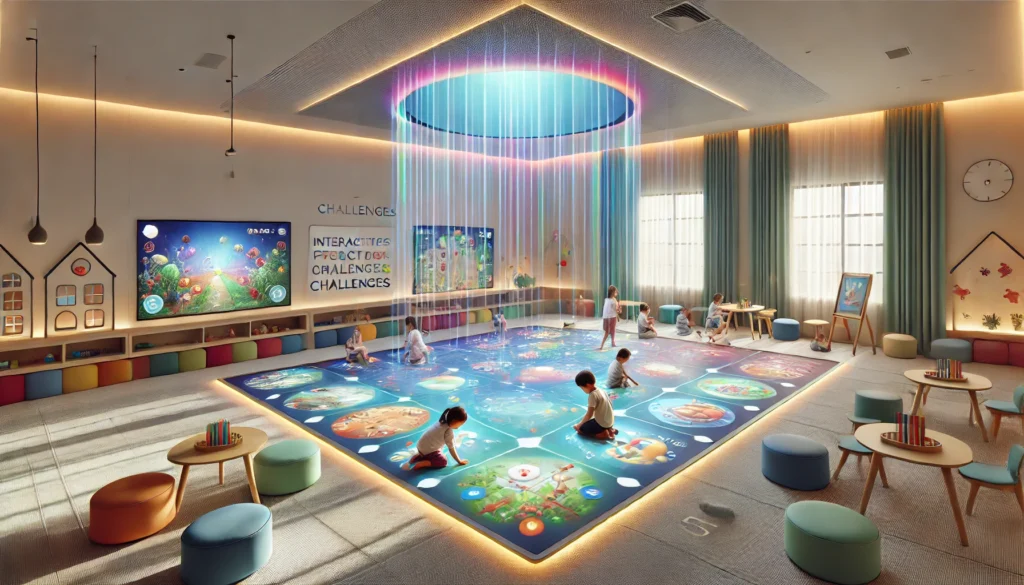
The Role of Game Design in Supporting Children with Autism
Design plays a crucial role in creating effective interactive floor mapping challenge game room designs. The games must be visually stimulating but not too distracting, incorporating elements that capture attention without causing sensory overload. Many designs include calming themes, such as nature scenes, that can have a soothing effect on children.
When developing these games, designers often use feedback from therapists, educators, and parents to ensure they meet the needs of children with autism. Elements like colors, sounds, and animations are chosen carefully to create a balanced environment that promotes learning while being fun.
Key Design Considerations:
- Clear Visual Cues: Simple, bright graphics help children understand what they need to do.
- Sensory-Friendly Features: Avoiding flashing lights or loud, sudden sounds that might trigger sensory discomfort.
- Customizable Settings: Adjustable difficulty levels to suit various skill levels and learning paces.
Setting Up an Immersive Interactive Game Challenge Room
Thinking about setting up an immersive interactive game challenge room for kids? It involves more than just placing a projector on the floor. The right equipment, software, and design can transform any space into a fully interactive playground that promotes learning and engagement.
Essential Components:
- System and Projector: Choosing the right system with high-quality projection capabilities is key. For instance, setups with Microsoft system projectors allow for smooth, responsive interactions.
- Interactive Emulator Software: The software interprets the child’s movements and translates them into on-screen actions. It should be intuitive and user-friendly.
- Floor Surface: Make sure the floor surface is smooth and clean for optimal projection and interaction.
How to Choose the Best Interactive Challenge Game Setup
Choosing the right interactive challenge game setup with Microsoft system projectors requires some research. You’ll want a system that is both reliable and capable of running the latest interactive software. Look for features like easy integration, scalability, and flexibility.
What to Consider When Buying:
- Price: Look for competitive pricing, but don’t compromise on quality. Some suppliers offer packages that include both hardware and software, which can be cost-effective.
- Compatibility: Ensure the emulator software is compatible with the system you’re purchasing.
- Ease of Use: Some systems might require professional setup, while others are plug-and-play. Consider how much technical support you might need.
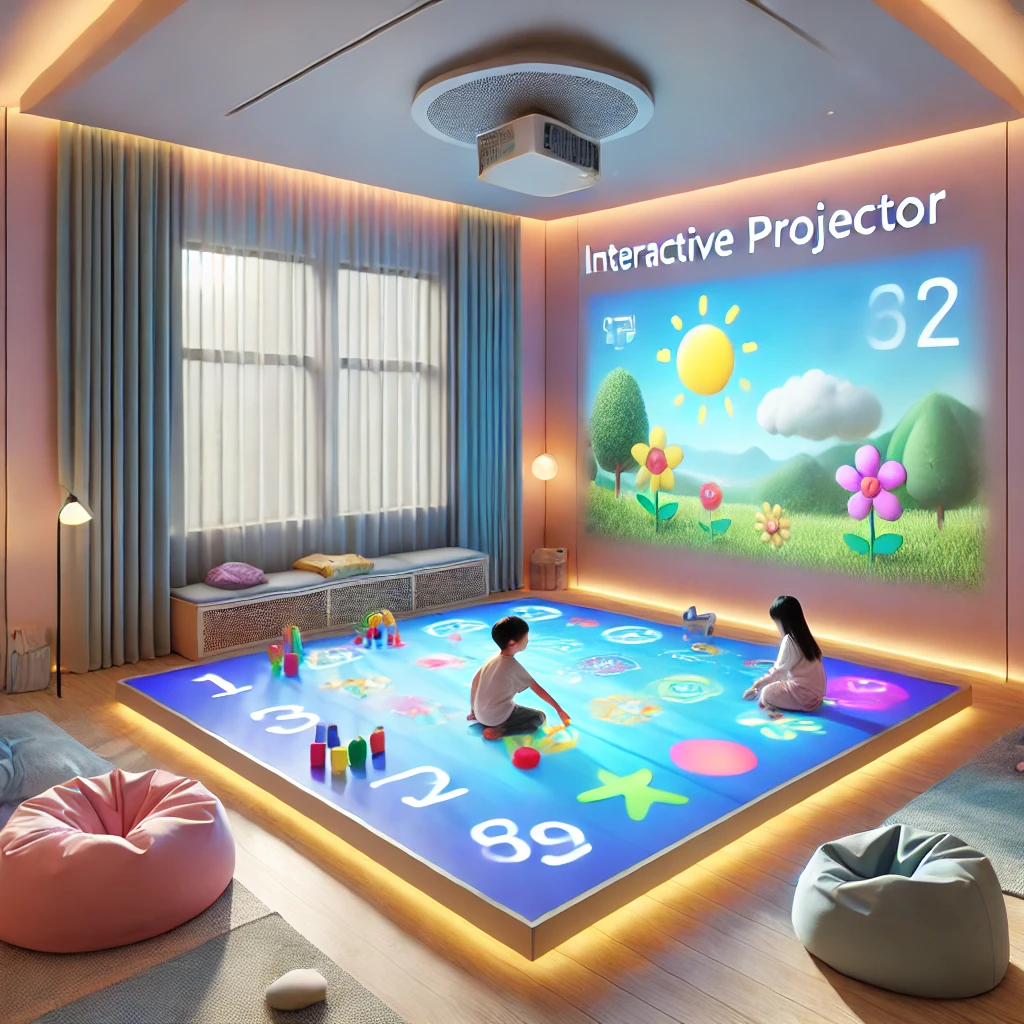
Finding the Right Supplier or Manufacturer
When you’re ready to buy or order an interactive floor game setup, it’s essential to find a reputable supplier or manufacturer who specializes in high-quality equipment and software. A reliable supplier will not only provide the best products but also offer after-sales support, ensuring your system remains up-to-date and functional.
Tips for Finding the Best Supplier:
- Check Reviews: Look for testimonials from other schools or therapy centers that have purchased similar systems.
- Ask for Demonstrations: Before you buy, request a demo to see how the system operates.
- Consider Warranty Options: A good warranty can save you a lot of hassle if any part of the system malfunctions.
Why Interactive Floor Games are the Latest Trend in Autism Therapy
Over recent years, interactive floor games have become the hottest trend in educational and therapeutic settings for children with autism. Why? Because they’re flexible, scalable, and most importantly, engaging. Unlike traditional therapy tools, these games can be tailored to meet individual needs, offering a unique way for children to learn at their own pace.
Advantages of Interactive Games:
- Enhanced Learning Environment: Kids learn better when they are enjoying themselves, and these games provide just that.
- Multi-Functional Use: From therapy to education, interactive games have a wide range of applications.
- Evolving Technology: With advancements in software and hardware, the games are becoming more sophisticated, offering new ways to engage kids.
The price varies depending on the features and quality, but you can expect to spend anywhere from $2,000 to $10,000. It’s best to contact multiple suppliers to get a quote that suits your budget and needs.
Absolutely! Schools, daycares, and even home setups can benefit from interactive floor games. They’re great for group play, educational activities, and even parties.
Make sure to choose calming designs, avoid overstimulating sounds or visuals, and have options for customization. Consulting with an expert can also help create a space that caters to individual needs.

